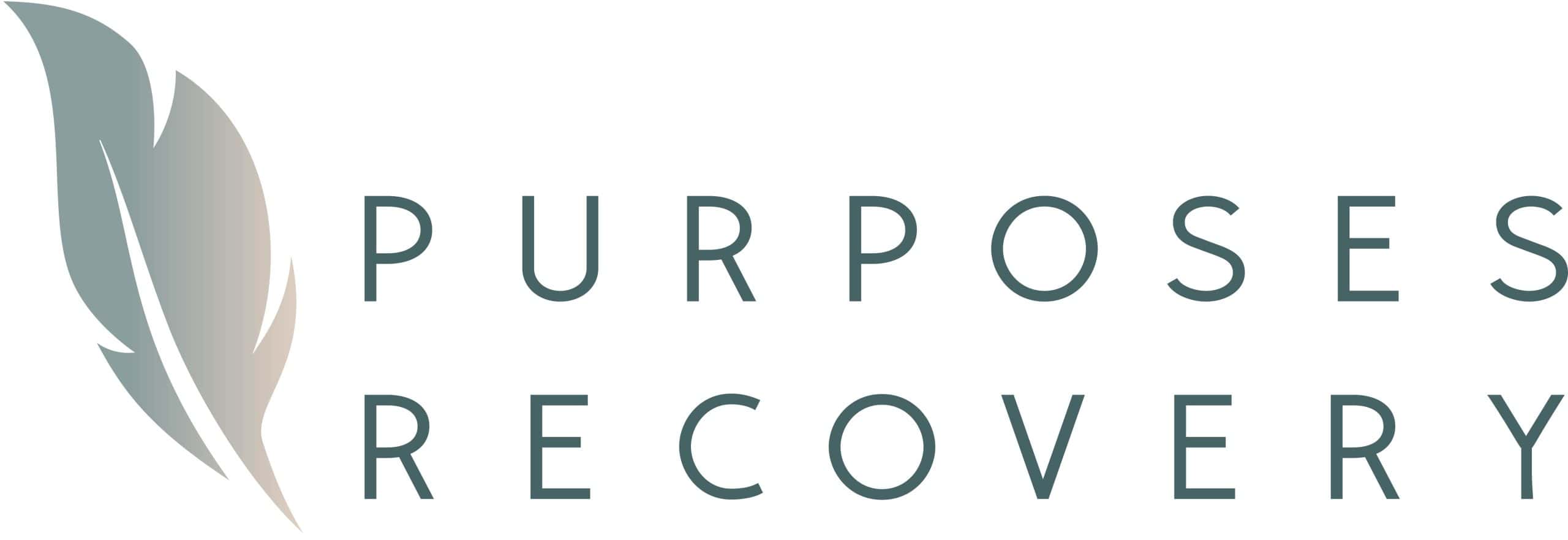When it comes to healthcare, proactive beats reactive. The medical community works to refine treatment processes for substance use disorder (SUD). To do that, the Monitoring the Future Foundation, MTF, asks 50,000 American youths about drug and substance abuse.
MTF’s efforts inform doctors about patients’ beliefs and guide educators toward better ways to connect with their audience.
What is the ‘Monitoring the Future’ Survey?
Monitoring the Future is a national survey that measures self-reported drug and alcohol use rates in adolescents. Since its inception in 1975, MTF has gathered information about the attitudes of its subjects in an effort to map changes in US public opinions on drug use.
More specifically, the survey targets secondary school students in the 8th, 10th, and 12th grades. More than 50,000 students across the United States take the survey each year and answer questions like:
- What legal or illegal drugs they use
- How often they use drugs and how much they take
- When they started using drugs
- When they stopped using drugs, if ever
- How they feel about taking drugs (if they approve or disapprove of using one substance over another)
- How they think their peers feel about drug use, and if their feelings differ by substance
- How they believe authority figures like their parents and teachers feel about drug use
- How they access illicit substances
The first few questions provide raw data. Data is valuable, but students’ attitudes tell researchers much more. They can monitor changes in cultural attitudes, learn why children turn to drugs early, and discover the social context that makes certain drugs acceptable and others taboo.
How ‘Monitoring the Future’ Tailors its Approach to Students
Most MTF survey questions focus on the students’ perceptions. It acknowledges the decision to use drugs is personal and altered by the user’s beliefs. The foundation asks students about their opinions to help doctors tailor treatment plans to ever-changing attitudes.
The study targets grade levels rather than ages for the same reason. The developers of the survey believe students organize their early-life memories into grades, not years. If they appeal to this memory structure, they can gain more accurate data about the childrens’ decisions.
‘Monitoring the Future’ 2022 Key Takeaways
Readers interested in the results can find the complete 527-page study at this link. For a more condensed but thorough reading, Monitoringthefuture.org offers a guided tour of the 2022 survey results on their website.
The single biggest highlight: rates stayed low after dropping during the pandemic, even though life has largely returned to normal.
Post-Pandemic Levels AreSteady
Drug use levels saw a significant drop in 2021 courtesy of the COVID-19 pandemic. The current hypothesis credits pandemic measures like social distancing and school closures for this decrease.
Most of those decreased remained low as the world re-opened. The team lead, Richard A. Miech, believes “there may indeed be a longer lasting impact for some substances.” The 2023 survey should provide more conclusive information about the longevity of the pandemic’s impact.
Use and Addiction Statistics Raw Numbers
The numbers tell us that vaping and alcohol are very popular among students, while narcotics and other illicit drugs have little appeal. Teen alcohol use remains high despite previous decreases—more than half of all 12th-graders surveyed drank alcohol in the last year.
With all the numbers accounted for, 11% of 8th-graders, 21.5% of 10th-graders, and 32.6% of 12th-graders used at least one illicit drug.
Vaping
Vaping rates remained stable compared to previous years’ studies. 12% of 8th-graders, 20.5% of 10th-graders, and 27.3% of 12th-graders vape nicotine or other substances.
Vaping is staying steady, but smoking rates dropped more than half between 2021 and 2022, according to the CDC. These results suggest the effectiveness of anti-smoking campaigns while signaling that anti-vaping organizations have cause to increase their efforts to achieve similar results.
Cannabis
Cannabis saw similar stability. 8.3% of 8th-graders, 19.5% of 10th-graders, and 27.3% of 12th-graders all use.
The survey measured vaped cannabis separately from vaped tobacco and smoked cannabis. It found similar numbers that show more vapers use tobacco than cannabis.
Alcohol Use
Alcohol use rates remained steady for 8th-graders and 10th-graders. 15.2% and 31.3% reported drinking in the last year. Unlike many of the other drugs studied, alcohol use among 12th-graders returned to pre-pandemic levels in 2022. More than half (51.9%) of 12th graders reported using alcohol.
Narcotics
This broad category includes Vicodin, OxyContin, Percocet, and other non-heroin opioids. Use levels increased slightly among 12th-graders. Despite the increase, the percentage of 12th-graders who use narcotics remains low at 1.7%.
Perceived Harmfulness
The experts, such as National Institute on Drug Abuse director Nora Volkow, MD, find the numbers promising:
“The Monitoring the Future Survey is one of the best and most timely tools we have to monitor and understand changes in substance use among young people over time, including through historic events such as the COVID-19 pandemic. It is encouraging that we did not observe a significant increase in substance use in 2022, even as young people largely returned to in-person school, extracurricular activities, and other social engagements.”
Despite a return to normal socialization, stable rates may indicate long-term changes in attitudes toward drug use. An example: a significant percentage of adolescents believe using “narcotics other than heroin” is a great risk—more than half (52.9%) of 12th-graders. The dramatic increase in overdose deaths and the associated rise of fentanyl may have impacted this change in attitude.
Predicted Drug Use Trends Beyond 2023
Lead member of the Monitoring the Future team, Richard A. Miech, believes pandemic-related decreases will stick around. The COVID-19 pandemic had few benefits, but doctors and educators might have a chance to capitalize on this fringe benefit and continue to make progress in youth addiction prevention.
Purposes Recovery: Inpatient Drug Rehab Ready for the Future
Purposes can handle whatever comes next. We provide patients of all ages with luxury drug rehab. Los Angeles sobriety patients might struggle to find quality treatment in comfort. We offer that high-quality care for alcoholism, benzodiazepines, cocaine, narcotics, and more.
Call our toll-free number for more information about our treatments and how we can help you build a better future for yourself.



